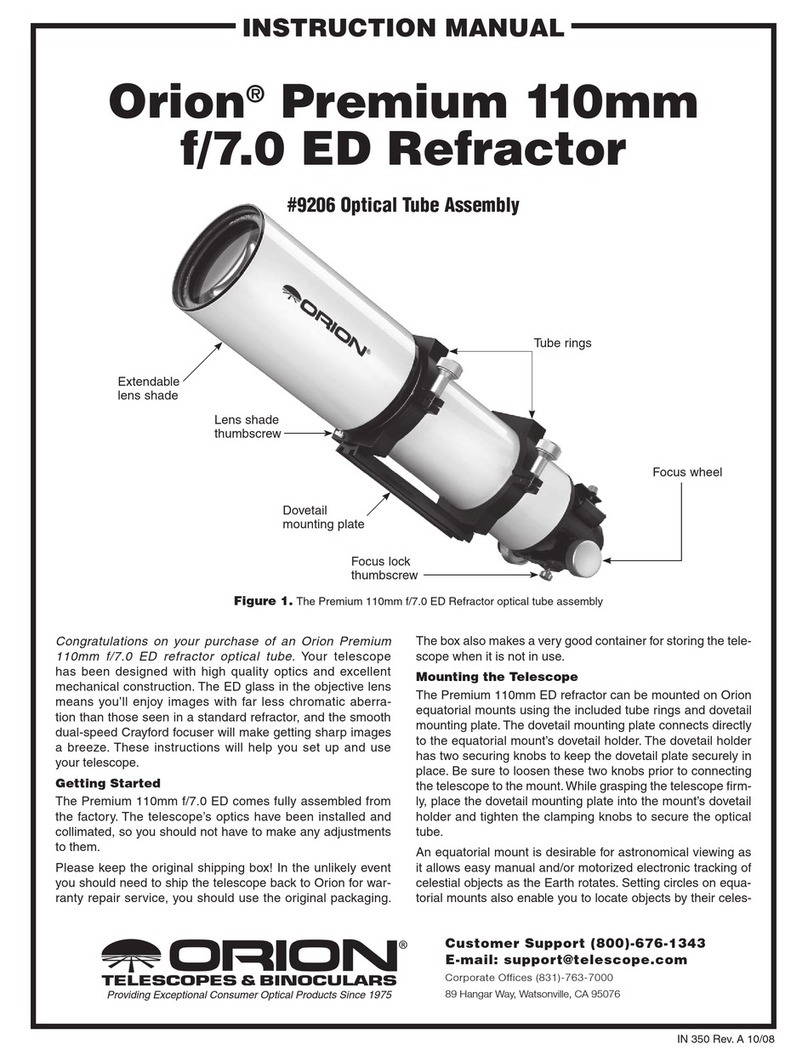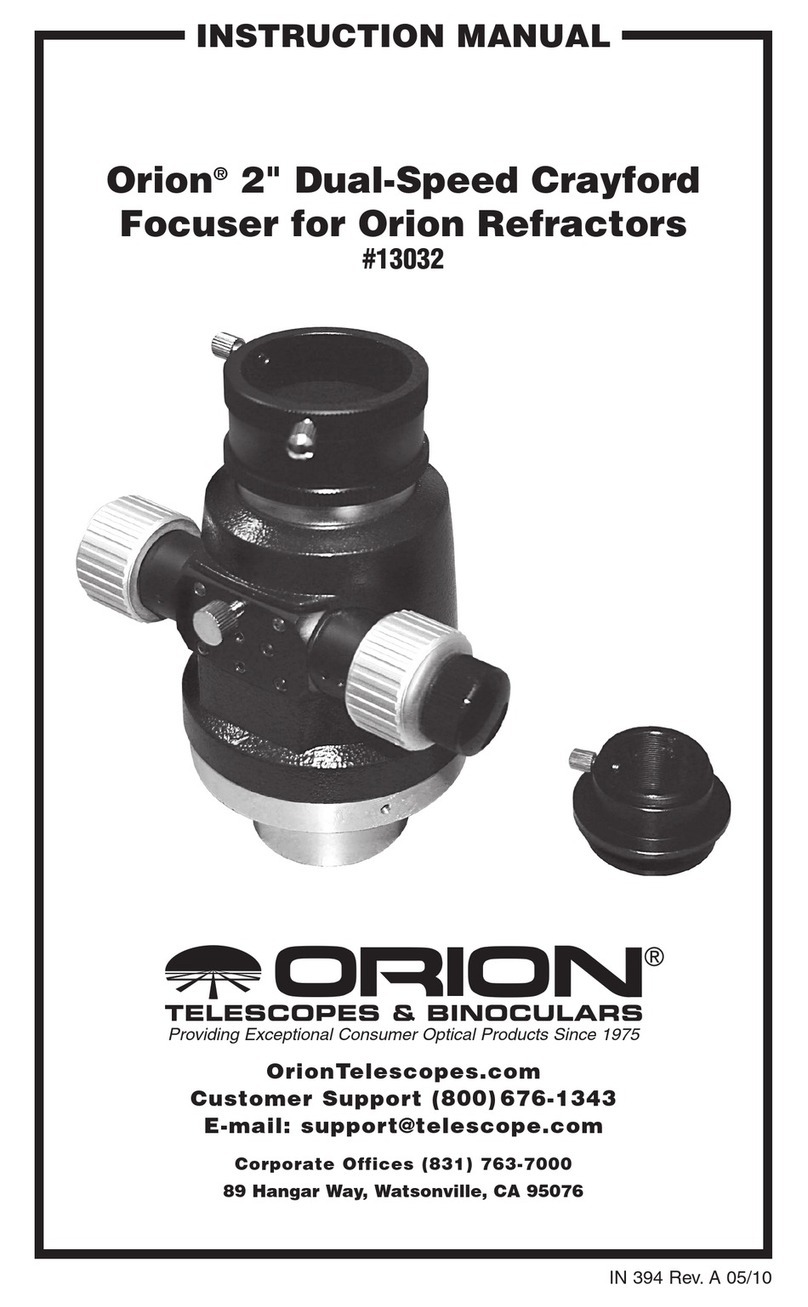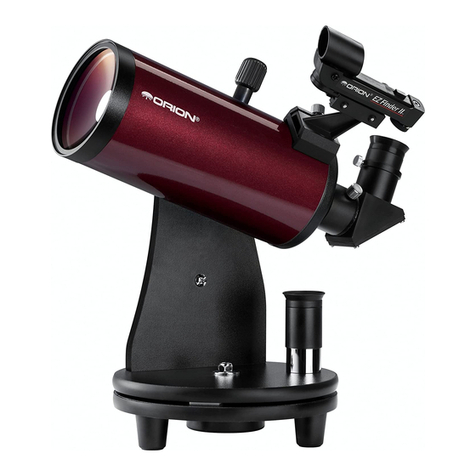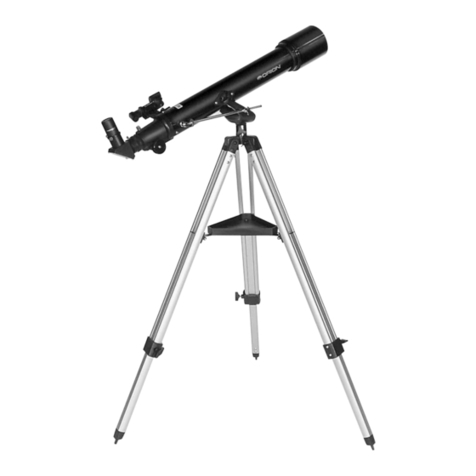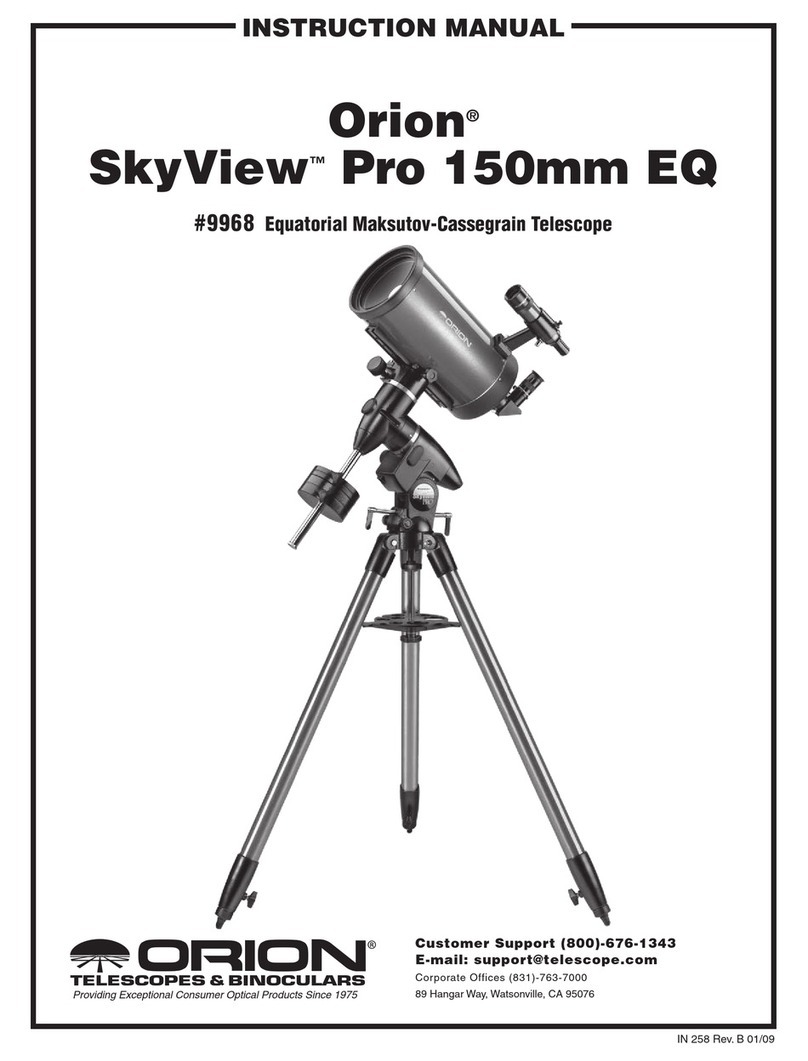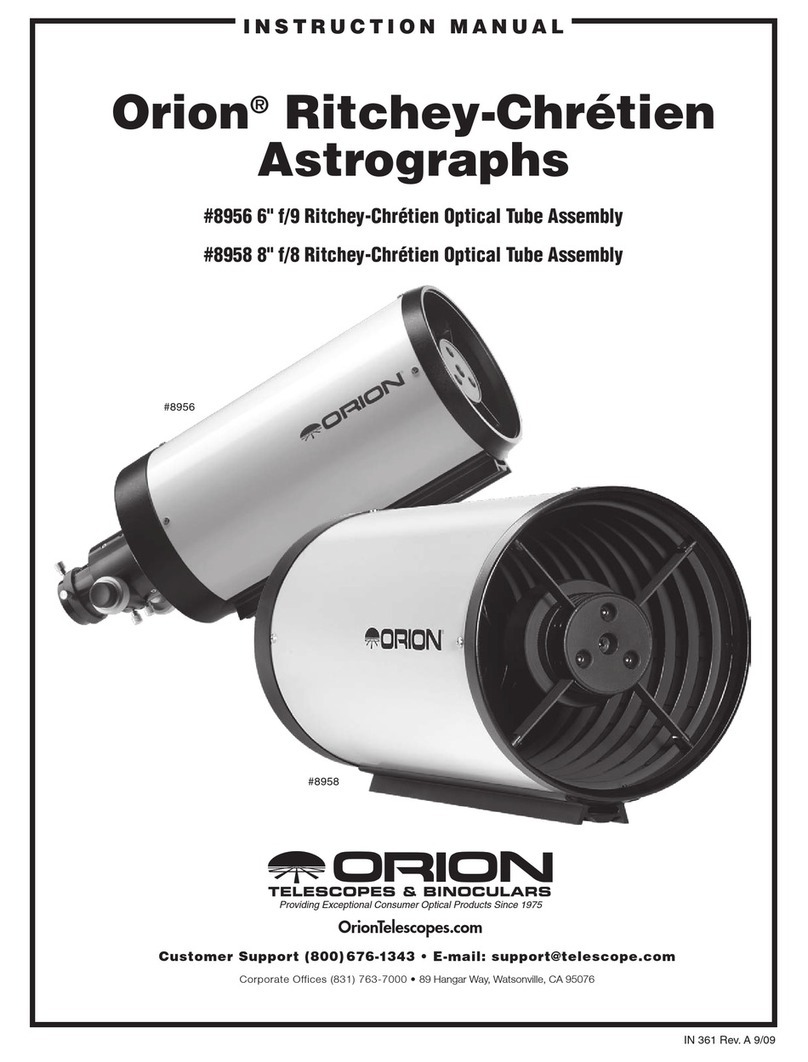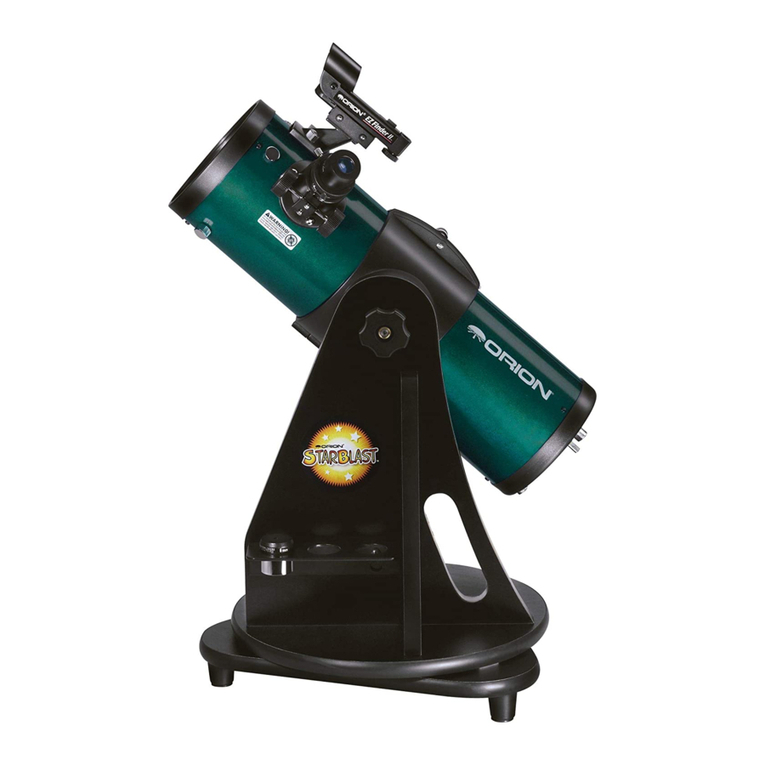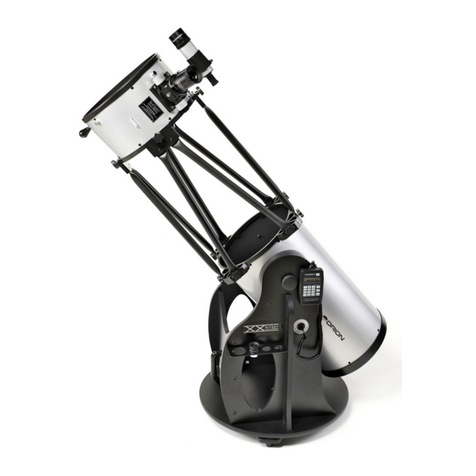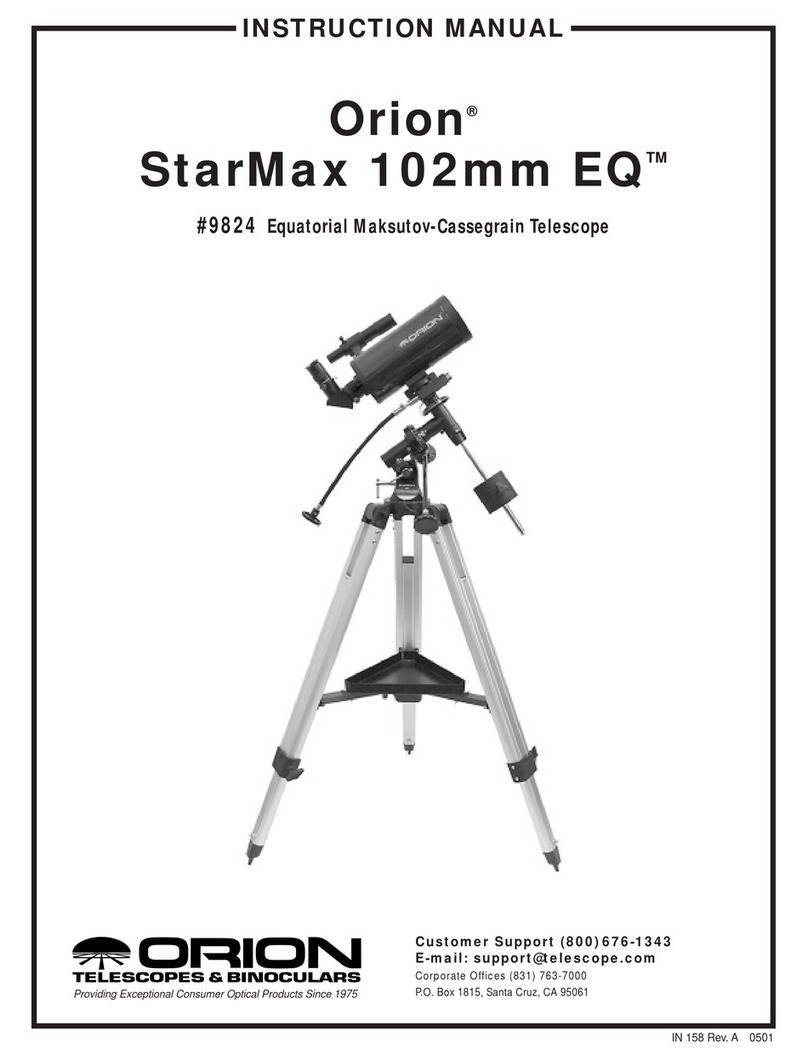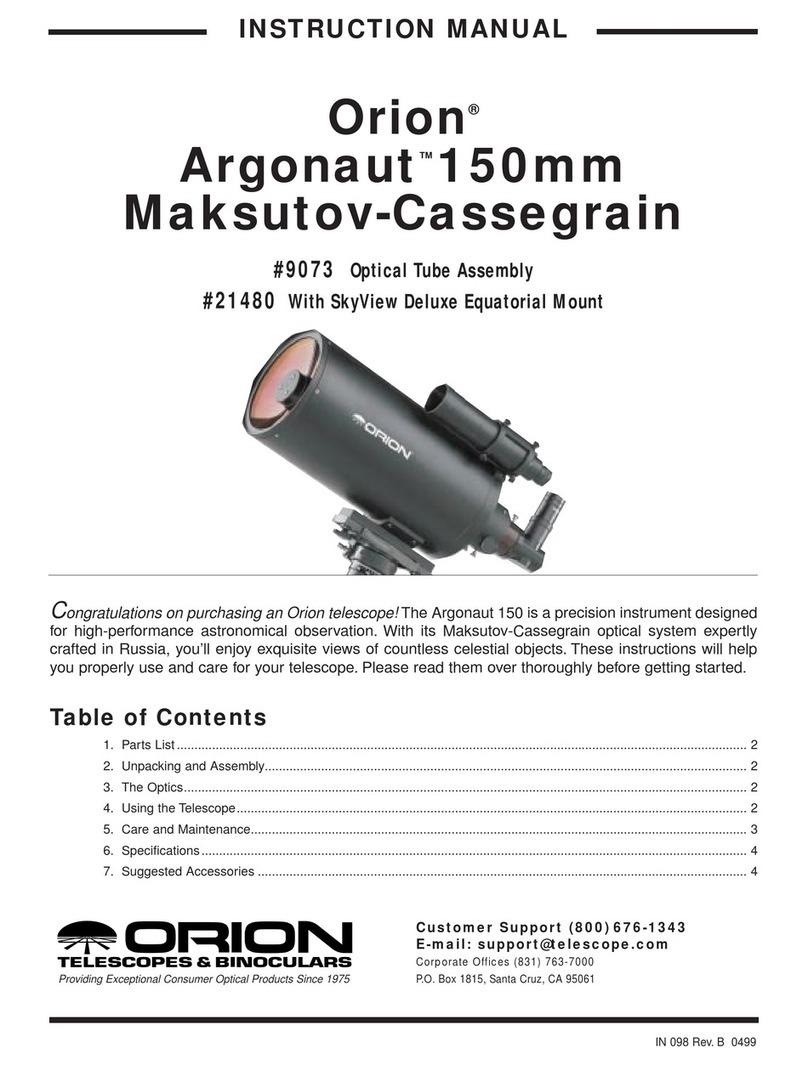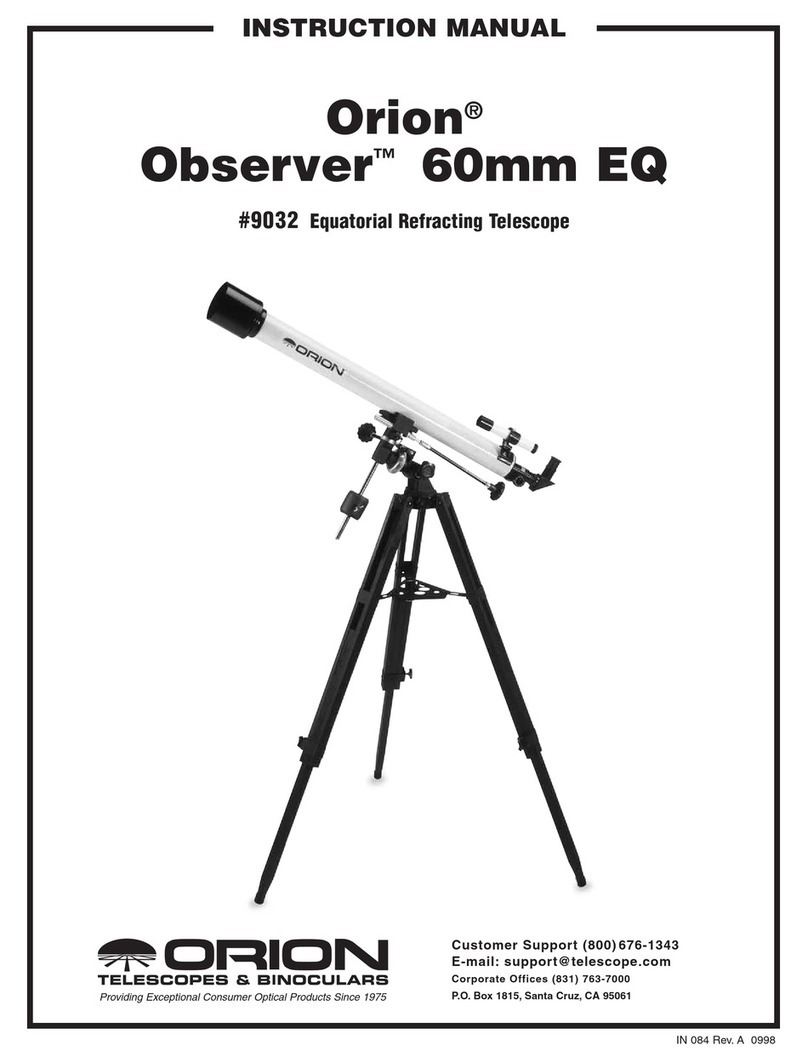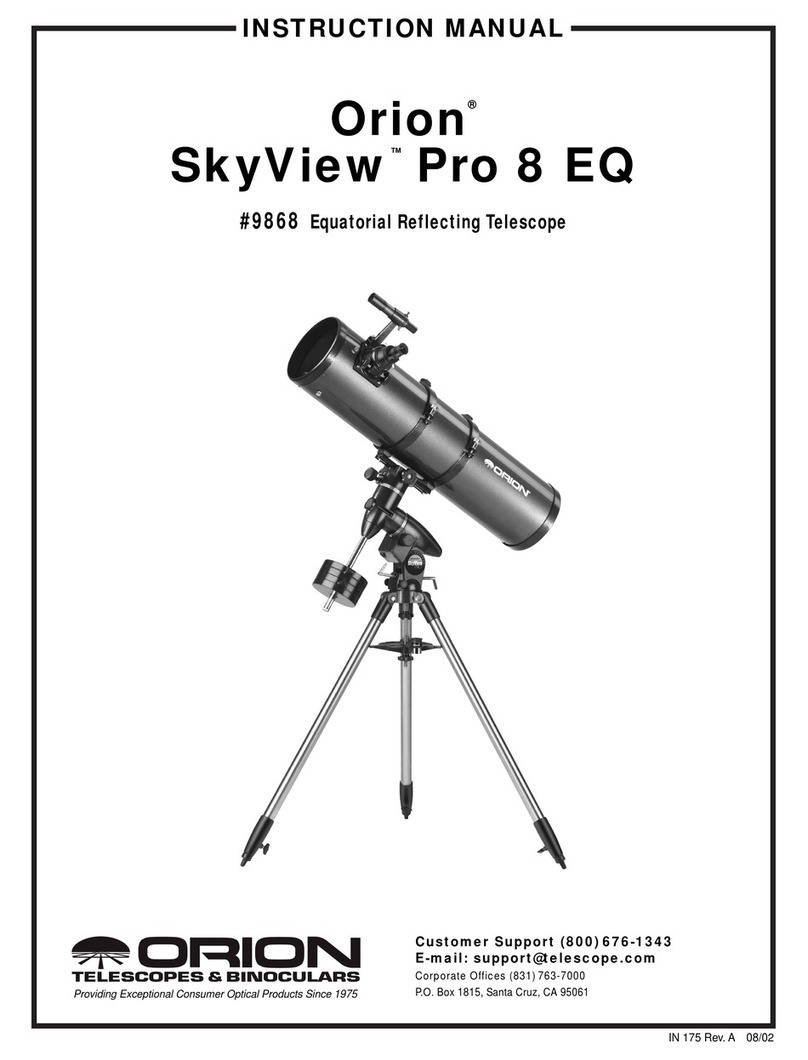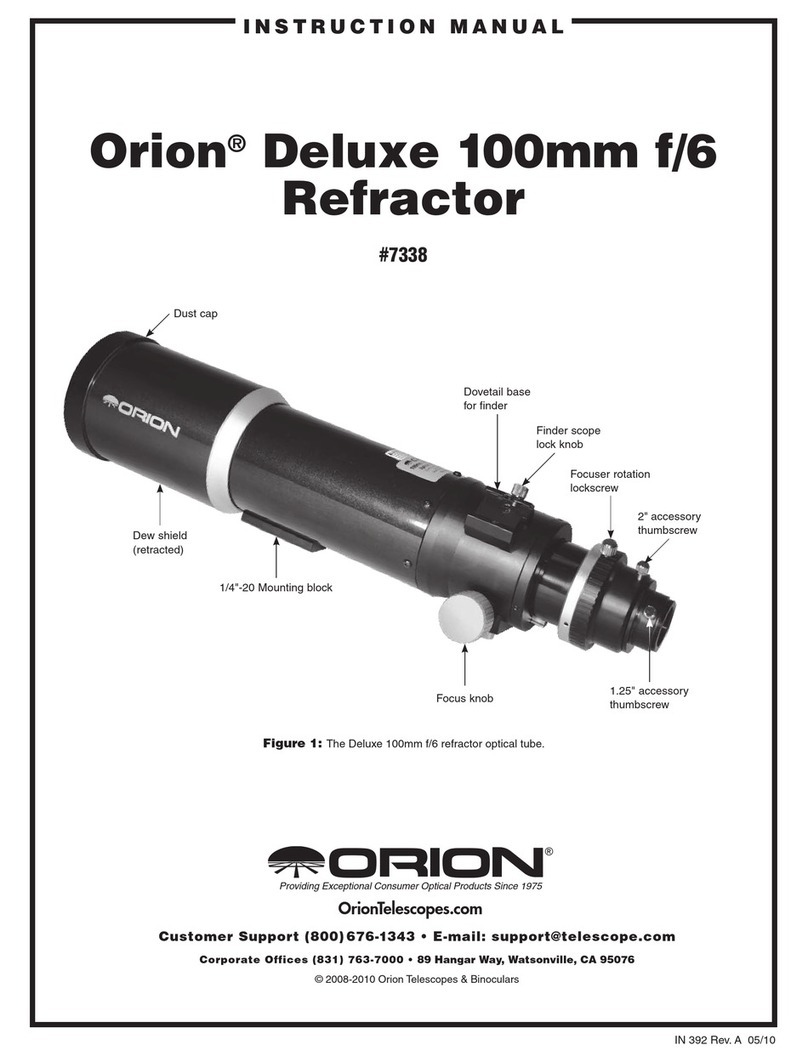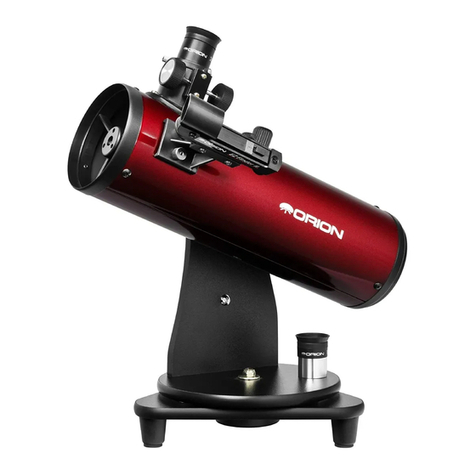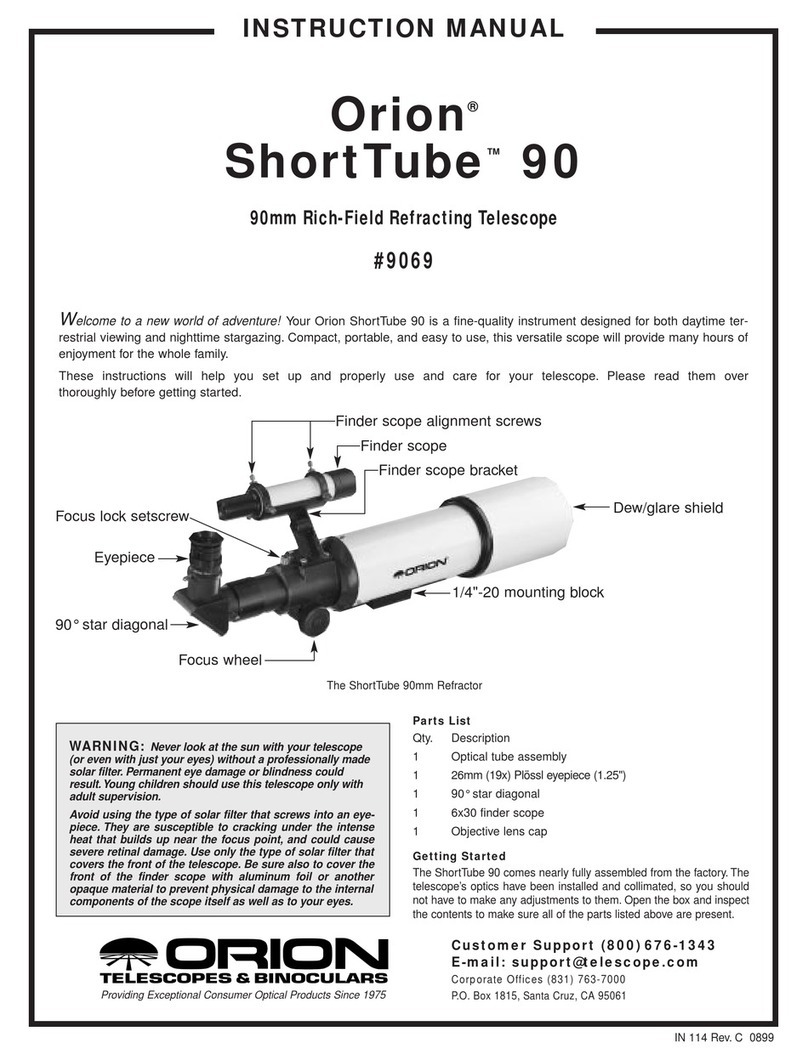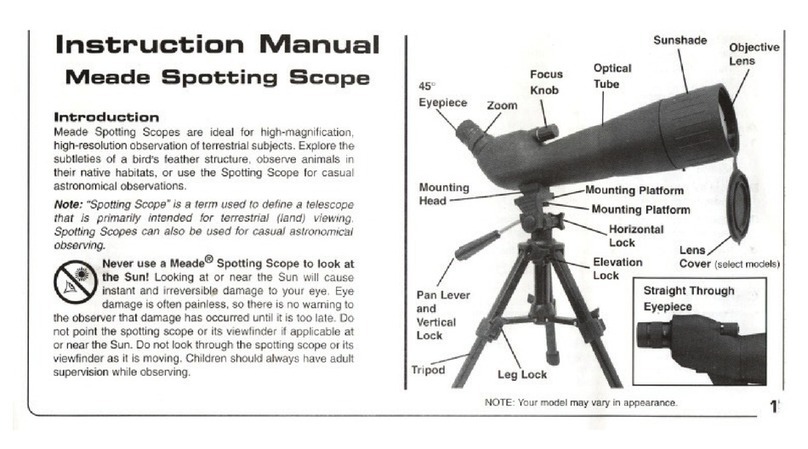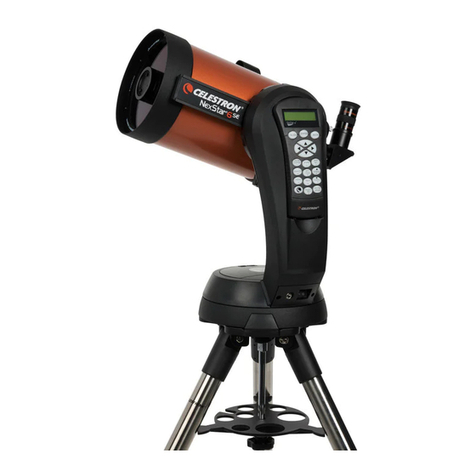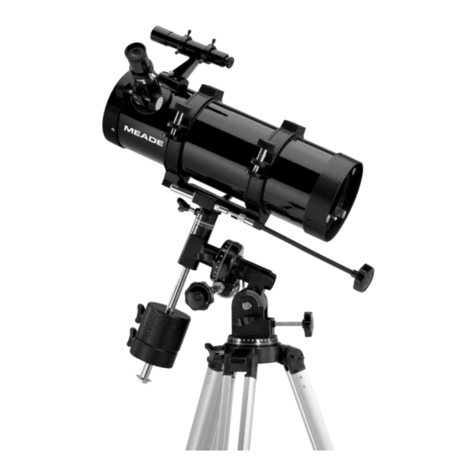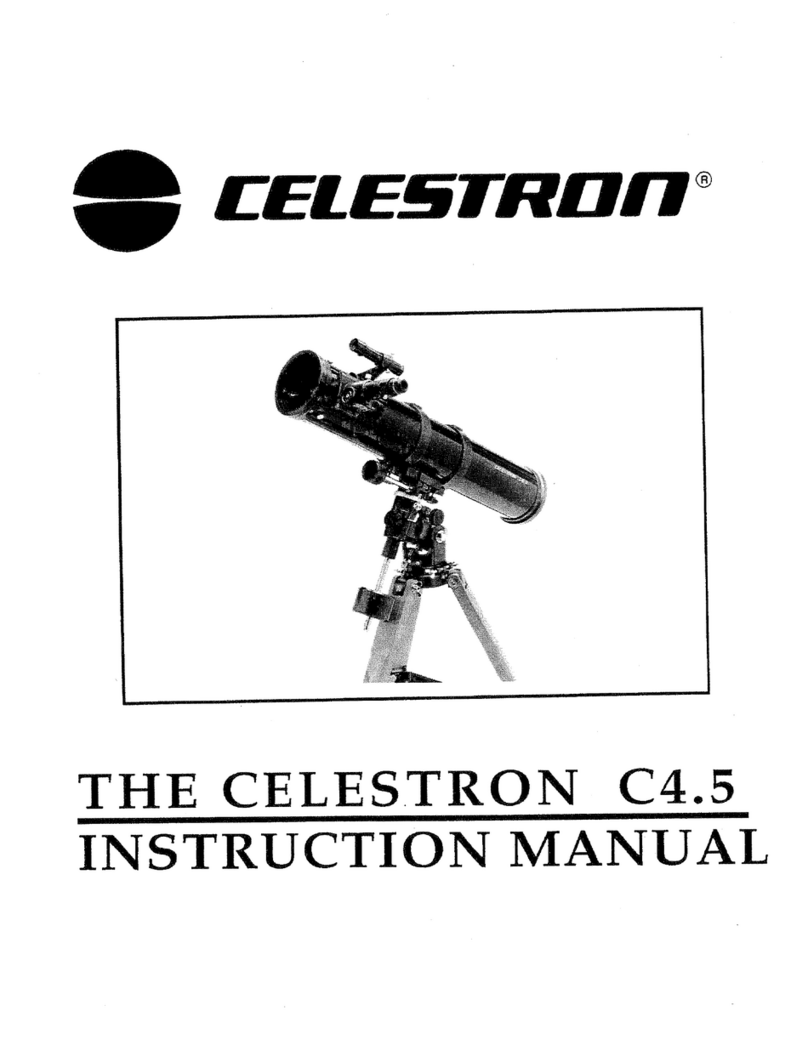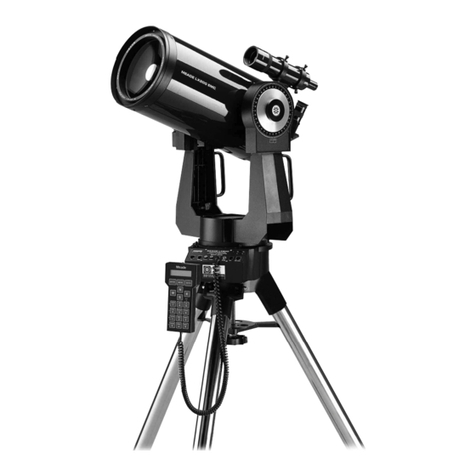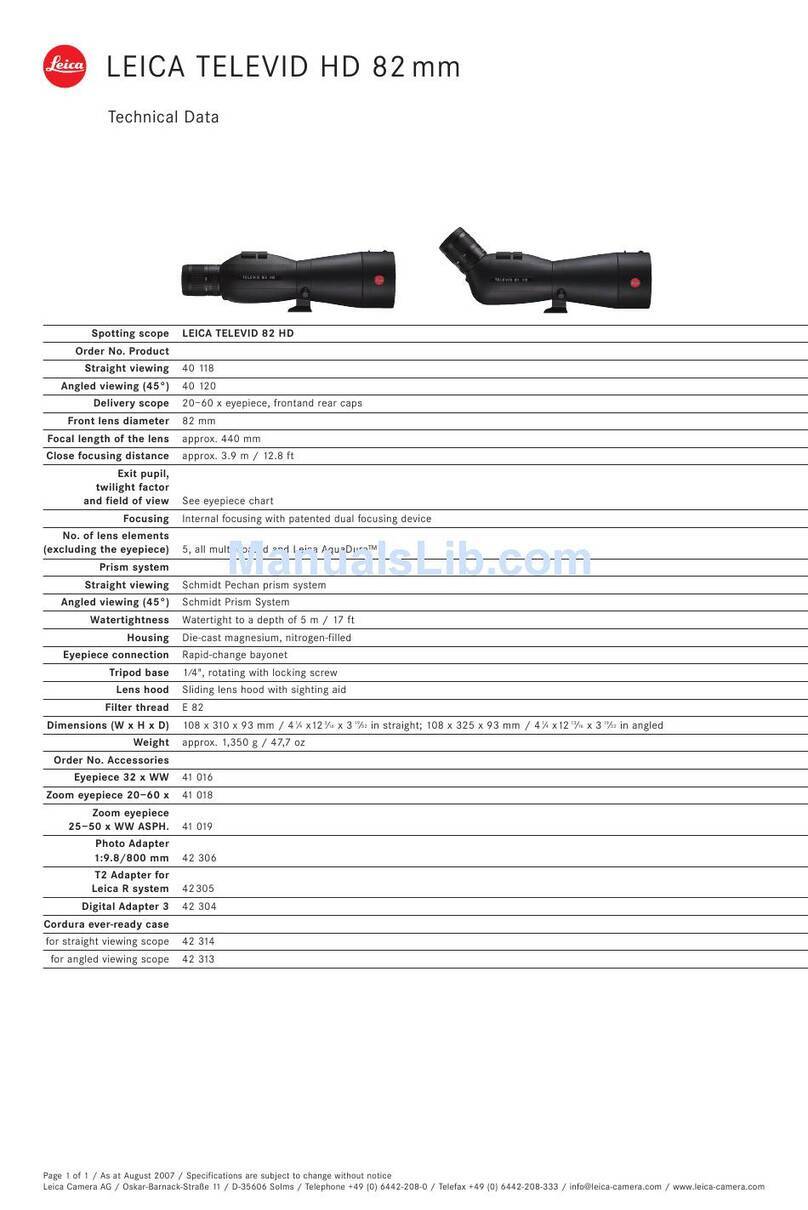Stars Even powerful telescopes cannot magnify a star to appear as more than a point of light. You can, however, enjoy the different
colors of the stars and locate many pretty double and multiple stars. (Look at the middle star in the handle of the Big Dipper, Mizar.
It is really two stars very close together. Being able to see the two stars separate is called “star splitting”. The gorgeous two-color
double star, Albireo, in Cygnus is a favorite. Defocusing a star slightly can help bring out its color.
Deep-Sky Objects: Under dark skies (which we do not have in Lynbrook, or even Nassau County), you can see lots of fascinating
deep-sky objects, including nebulas, star clusters, and a variety of different types of galaxies. In our area, there will be fewer such
items to see but some will be visible.
Most deep-sky objects are very faint, so if you can get to a dark location like eastern Suffolk County or other areas far from heavily
populated areas you will have much better luck than in Lynbrook. Generally speaking, star clusters will be a better bet than galaxies
from our area.
Take plenty of time to let your eyes adjust to the darkness. Do not expect these subjects to appear like the photographs you see in
books and magazines; many will look like dim gray smudges. As you become more experienced and your observing skills get
sharper, you will be able to ferret out more and more subtle details and structure.
Many constellations have numerous objects hidden within them that are only visible with a telescope or binoculars. Pay particular
attention to objects with a “Messier Number”, like the Orion Nebula (M-42) and the Andromeda Galaxy (M-31). First published in
1774, Charles Messier made this list to help observers identify objects that might be mistaken for comets. Messier’s list includes
some of the brightest and most attractive deep sky objects observable from the northern hemisphere.
Star Clusters are particularly pretty, usually bright and easy to see. Note that some Messier Objects are very faint, and will take a
while to find and see. A few are very dim, but may seem to appear like magic when you look at them “out of the corner of your eye”.
This is called “averted vision” and works well when looking at very dim objects.
Star Hopping: This term describes how one uses a star chart to find objects too dim to see without a
telescope. You likely already know how to do this, if you can find the North Star by following the “pointer
stars” of the Big Dipper. To find a deep sky object, look for a pattern of stars that can act as landmarks for it.
For example: To find the Pinwheel Galaxy, M 101, look for the last two stars of the Big Dippers handle.
They make the base of a triangle that has the M 101 at the top.
